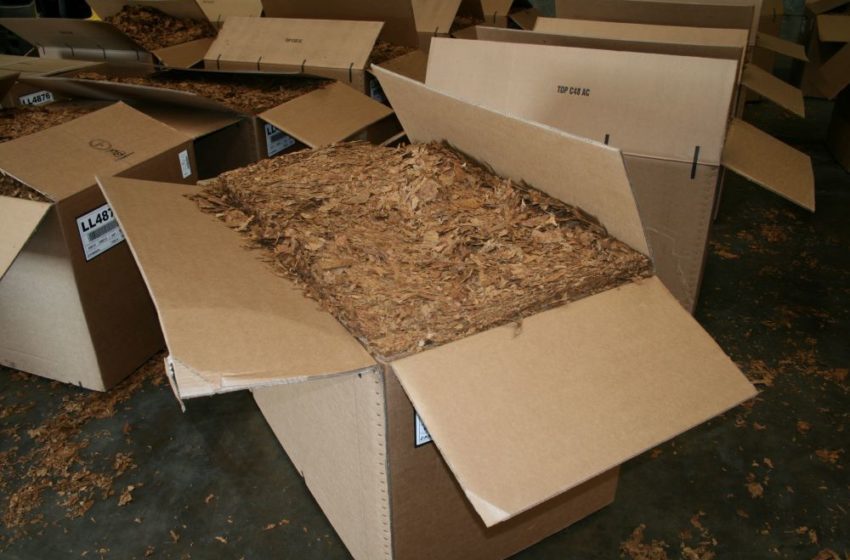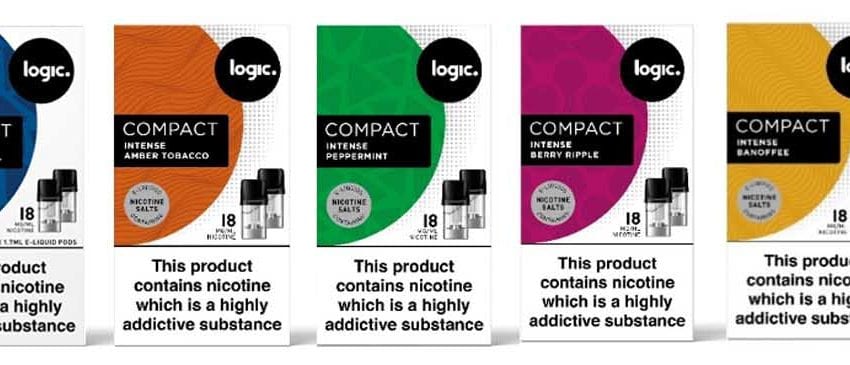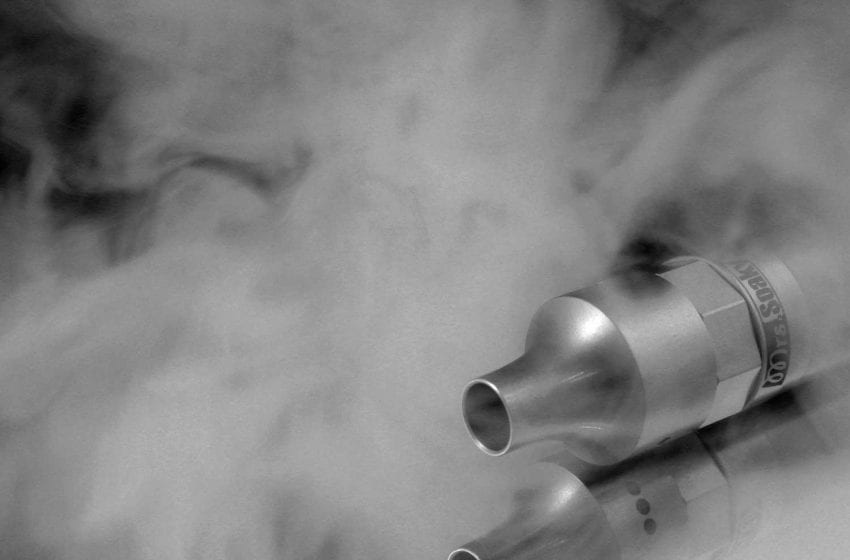The news has left many angry, with calls for “SWEXIT” if the proposal passes.Read More
Tags :EU
The trade block should pursue evidence-based policies, according to the WVA.Read More
Freight forwarders struggle with uncertainty as the EU debates whether to tax unmanufactured tobacco. Read More
Critics says the report should have compared the risks of vaping with those of smoking. Read More
Advocacy group is asking consumers about their views on possible regulatory changes. Read More
Cigarette manufacturers are offering alternatives to smokers left in the cold by the EU menthol ban. Read More
Lack of harmonization impedes EU internal market, according to advocates.Read More
Offerings include heat-not-burn products, flavor strips and smokeless products. Read More
Measure will limit consumer choice without reducing underage smoking, says smoker advocacy group. Read More
Juul Labs said today it would end operations in South Korea, a year after it entered the market.Read More










